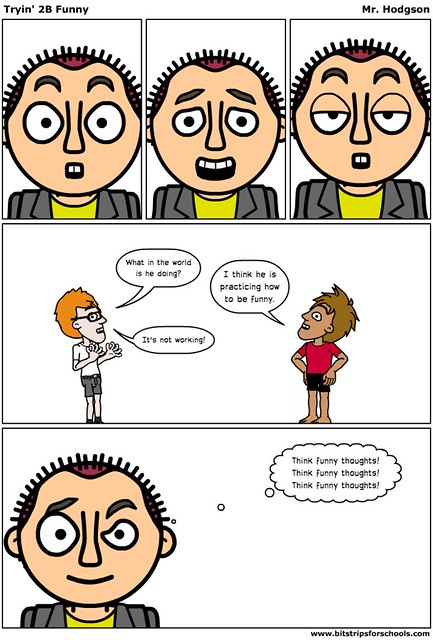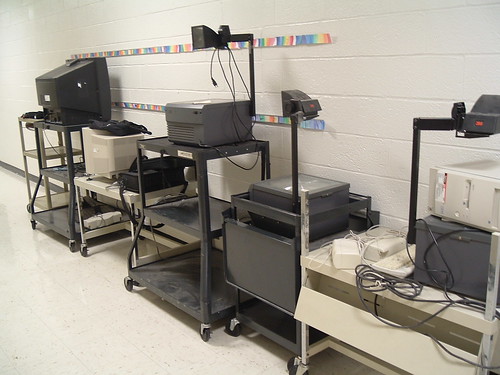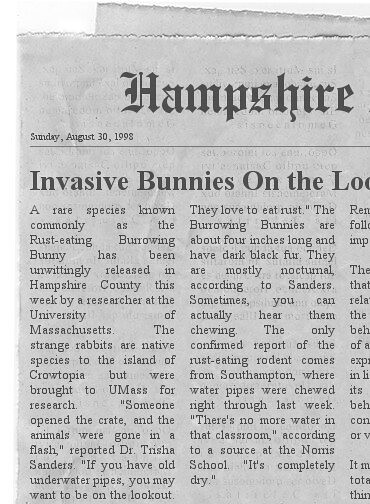I am one of those readers who enjoys the biographies of writers who have contributed to a book collection. I am always curious, and when the editors (and writers) have fun with the genre of mini-bio (is it a genre?), such as with The Best American Non-Required Reading series, I get a chuckle. The other day, I was finishing up a collection called Hint Fiction (25 word stories), and the bios were pretty amusing. One even mentioned that he was writing a story of bios in the back of books.
So, that had me thinking. What would that look like?
Here’ s what I came up with. I had a good time writing it, trying to work some common threads across the piece and also explaining what it is, as part of the piece itself. I hope it amuses you, if only slightly.
Connect the Dots:A Story of Contributors
A story of parts by Kevin Hodgson
Tucker Abbott went to school in Florencedale, Arizona, but he swears he was never with a woman until his 27th birthday. He even took a lie detector test a few years ago to prove it. He denies that he was on sedatives at the time of the test. He writes short stories in his spare time, usually at night when he ends his shift with the Styrofoam Packing Plant, where his job is to sort out defective packing noodles. You can find his work at www.tabbott.com. He has been known to break the tips off pencils at the bank while waiting in line. It’s a habit that he can’t explain.
Crystal Allistair was once accused of theft. She swears she didn’t do it, but the bracelet still fits like a charm, even 20 years later. When she’s not writing editorials about cruelty-to-animal issues (such as Michael Vick’s illegal dog fighting scandal) for her local newspapers, including The Tempe Tempest Online News, she stacks rocks in rivers as sculptures. Her nemesis is a kid named Ralph, who likes to knock the sculptures down as soon as she puts them up. It drives her crazy. She lives alone with her dog, Charlie, who appeared on her doorstep one day. She denies any charges of dog-snatching and Charlie the dog backs her up on it.
Samantha Beam was the editor of her high school newspaper in a small town in Arizona, managed her high school drama club and basketball team, received an English Degree from an online college and is now unemployed. Actually, she has never been employed. She spends her days writing flash fiction on Twitter, hoping she can get the attention of a publisher. In her spare time, which is most of the time, she sells stolen jewelry on the streets of nearby Tempe, Arizona. It’s a living.
Stewart Chase lives in California but spends part of the year in Alaska, working aboard a fish trawler. He’s one of the “hook men.” It usually takes him at least a week of scrubbing to get rid of the smell, but the money is good. Cats seem to like him. His latest play is entitled “In the Net” and it tells the story of three childhood friends who lose track of each other but then reconnect years later, only to deeply regret it. The moral is to let the past lie dormant, for god’s sake. The play is dubbed a cyberthriller-romance-downer. He is now launching a crowdsourcing venture to raise enough money to produce the play. Go to www.passmethecash.com to donate via paypal, and get your name on the playbill.
Caitlin Meade grew up in a small town in Arizona, but had to leave due to an unfortunate incident that embarassed her family. She now lives in California with her mildy-gifted son, Curt, who is old enough by now to have left home but hasn’t. She is an independent filmmaker, and you can find her work at www.abandonedbydad.com. Previews of her latest film are available for download at a reasonable price. Any resemblance to actual people in her past is very intentional. If you recognize the person in the film, please call them and guilt him into child support payments. Curt needs new video games.
Paul Mutterer writes stories about his life’s adventures on Chinese Restaurant napkins, and then sells them on ebay. Surprisingly, he makes a pretty good living at it. He began this kind of writing while in juvenile jail, where had been sent as a teenager after being falsely accused of theft. He never really got back on track after that experience and still wonders how he got fingered for that crime. His parents still shake their heads and wonder about “what happened to that boy.” His parents figure prominently in his Chinese napkin stories.
Thomas Pearl has created more online spaces than you can shake a stick at. Really. It has become a sort of obsessive hobby of his. His latest venture — Six Degrees — uses a complex algorithm that invites people together as writers based on the faintest of past connections. The writers don’t even know they know each other and they only have a vague sense of the connections. Once a year, he published a book by the writers who are connected. This book is one of those. He is now working on another site called Ripples that extends a single musical note out to multiple compositions. He’s already bored with that, so, who knows what he’ll be doing next. In his spare time, he buys odd pieces of writing off ebay and then burns them in his fireplace. He has often been accused of having a bit too much money, technical expertise and free time. He doesn’t deny it.
Philbert Yoog has written five short novels about a dog that has gone missing. He really loved that dog and now suspects someone may have taken it, perhaps for those dog fighting rings he reads about in his newspaper. His replacement dog, Grendal, isn’t half the dog his old dog was. His latest story is entitled “In the Time of Charlie” and it is a bit too sad to even read. Even for him, and he wrote it. You can find it at www.yoog.com. If you want.
Chance Zilk once won first place in an ice sculpturing contest in Fairbanks, Alaska. His design of a Defective Human Genome was “delicate, intricate and oddly beautiful,” according to the judges.He enjoyed destroying it afterwards. He is sorry for also destroying the second place sculpture of Atlas holding up the World, but things got out of control, quickly. His $10,000 prize has allowed him time to pursue one of his life’s passions: acting. Now all he needs is a play or movie. He can’t wait much longer. The money is running out.
Peace (in the bio),
Kevin








